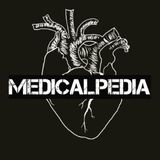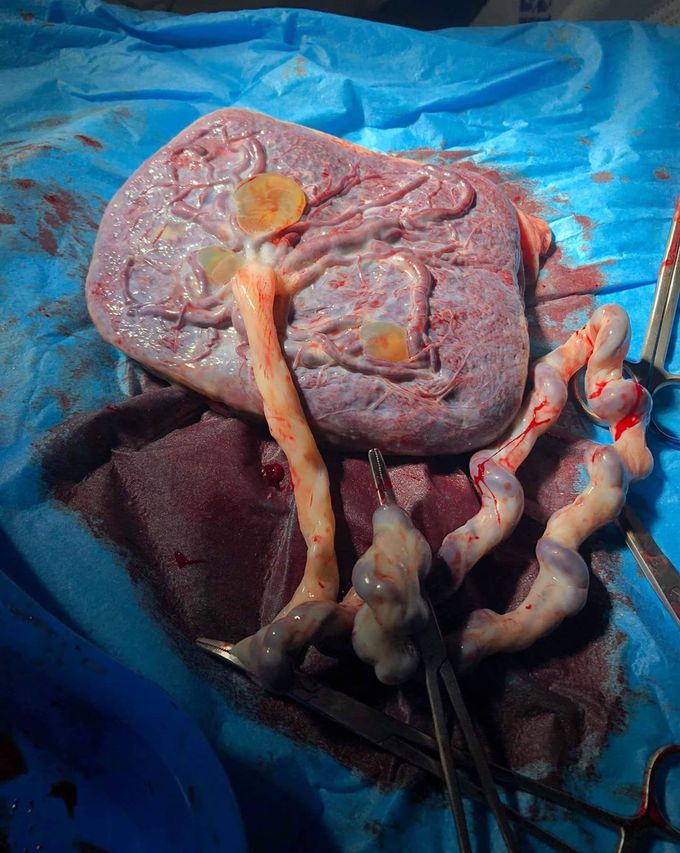


Picture of a placenta, also called the "tree of life"!
. The placenta is a temporary organ that connects the developing fetus via the umbilical cord to the uterine wall to allow nutrient uptake, thermo-regulation, waste elimination, and gas exchange via the mother's blood supply; to fight against internal infection; and to produce hormones which support pregnancy. . If you deliver your baby vaginally, you'll also deliver the placenta vaginally — during what's known as the third stage of labor. After you give birth, you'll continue to have mild contractions. Your health care provider might give you a medication called oxytocin to continue uterine contractions and reduce postpartum bleeding. You might also massage your lower abdomen to encourage your uterus to contract and expel the placenta. If you have a C-section, your health care provider will remove the placenta from your uterus during the procedure. The placenta will then be examined to make sure it's intact. Any remaining fragments must be removed from the uterus to prevent bleeding and infection. One emerging trend in this country, which seems to have been practiced in some traditional cultures as well, is for the new mother to eat the placenta, a practice known as placentophagy. What are your thoughts on this? Would you be prepared to eat the placenta? Tag a friend and comment below!
Oh No.. 🤔 but wait ,, raw or cooked ?? 🤔🤔 ill go with neither 🤢
Hemodynamic stimuli&nonhemodynamic stimuliEffects of sugar on teeth


